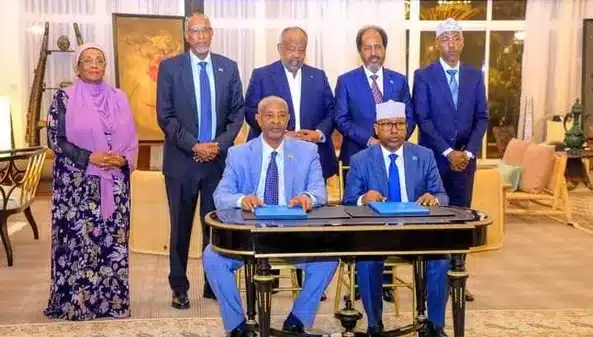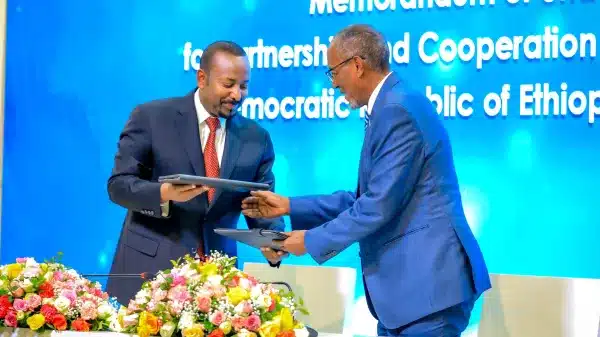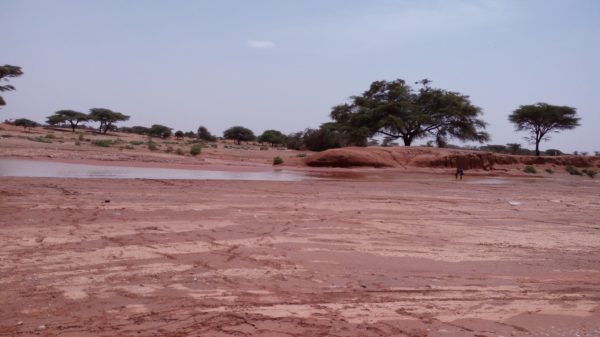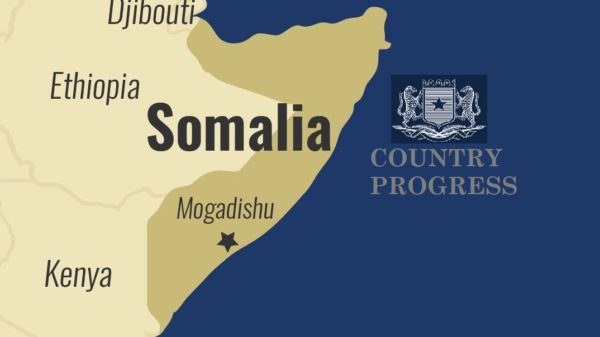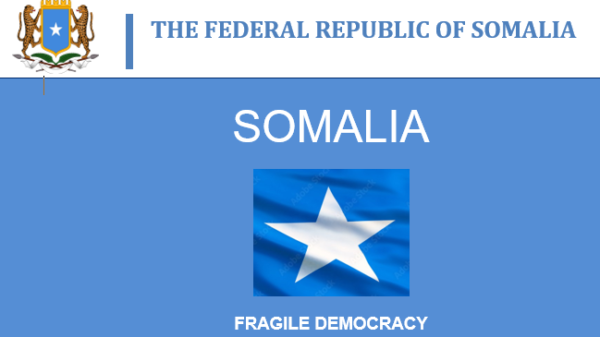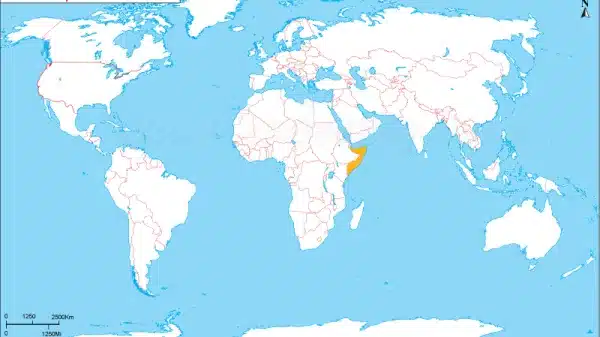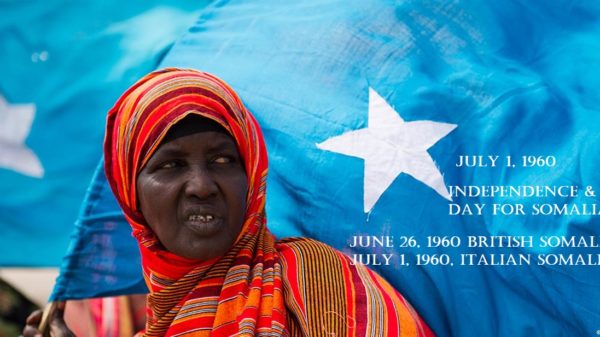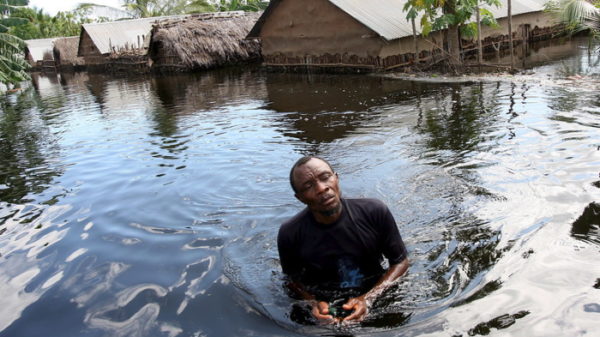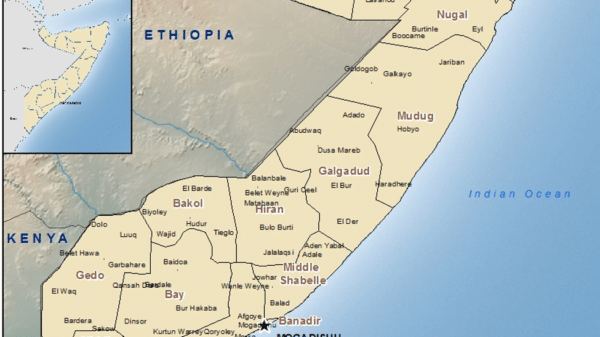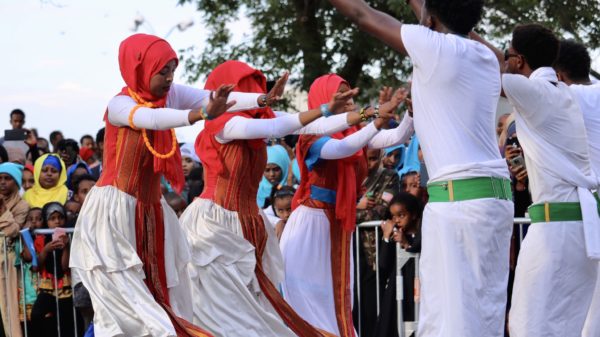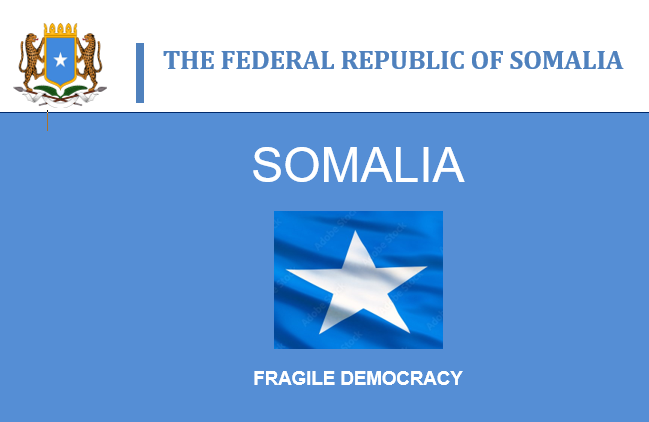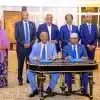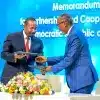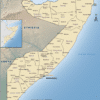State formation
The formation of the Somali Federal Republic in September 2012 marked a significant turning point in the country’s history. After years of instability and conflict following the collapse of the Somali state in 1991, the election of Hassan Sheikh Mohamud as the new leader brought renewed hope for a more inclusive and participatory political system. This article will delve into the key developments and achievements of the Somali Federal Republic, highlighting its commitment to building a peaceful and resilient nation.
In a historic election on 10 September 2012, Hassan Sheikh Mohamud was elected as the leader of Somalia. This election held great significance as it was the first time a leader had been democratically elected in Mogadishu since 1991. It marked the end of the transitional period and the birth of the Somali Federal Government (SFG). With a focus on inclusivity, the new political system and institutions aimed to move away from years of fragility and conflict, towards a more peaceful and participatory path.
President Hassan Sheikh successfully formed the constitutionally mandated federal member states, which included Jubaland State, South West State, Galmudug State, and Hirshabelle State. Additionally, the federal government recognized the already established states of Puntland State and the self-declared state of Somaliland, although the issue of national unity with Somaliland remains unresolved. This resulted in the Somali federal government system consisting of six federal member states under the Federal Government of Somalia.
On 8 January 2017, Mohamed Abdullahi Mohamed, also known as “Farmaajo,” was elected as the president of Somalia in Mogadishu. His government’s primary focus was to restore public trust in the state and its fundamental pillars of governance. This included political, social, cultural, financial, and economic aspects. The government aimed to be perceived as a service provider that supports development in the public interest, striving to optimize a new development roadmap.
The Federal Government of Somalia dedicated its resources, energy, and time to harness political, economic, security, and social momentum. Through coordinated actions on comprehensive and interlinked roadmaps, they aimed to achieve greater stability and durable governance systems. This approach emphasized the importance of capacity-building within the state and addressing structural inequities, all while sustaining peace and preventing conflict.
Somalia’s legislative body elected President Hassan Sheikh Mahamud for his second term on 15 May 2022, with a four-year tenure ahead. The country has adopted a four-year electoral cycle since 2004, and the government has committed significant time and resources to bolster the credibility, transparency, effectiveness, and sustainability of the electoral institution and processes. Additionally, the Somali Parliament has made substantial strides in fulfilling its constitutional responsibilities of lawmaking, oversight, and representation. Efforts are underway to advance constitutional reforms that focus on promoting equal participation of women in politics and granting minority representation rights. Moreover, there have been initiatives to enhance civil society capacities through civic engagement, aiming to expand and protect avenues for citizen participation in the political and public domains.
Over the past decade, Somalia’s political system and situation have witnessed significant progress. The federal government has embarked on a structured reform process, addressing key milestones in the realms of politics, the economy, development, and security. These efforts aim to expedite the political process towards inclusive politics, leading up to “One person, one vote” elections in 2025, while concurrently strengthening the federal system’s coordination between the central and sub-national governments. Furthermore, comprehensive reforms have been undertaken to improve the public sector, security and justice systems, financial sector, and human rights conditions. Consequently, there has been a considerable reduction in the threat posed by violent extremist groups. As a result, governance and the rule of law have taken firm root in Somalia, disproving the prevailing perception of being a “failed state.”
In conclusion, the formation of the Somali Federal Republic in 2012 and subsequent developments under President Mohamed Abdullahi Mohamed have demonstrated a commitment to building a more inclusive and resilient nation. The transition from a state of fragility and conflict to a federal government system consisting of six member states has paved the way for greater political participation and stability in Somalia. With a focus on restoring public trust and driving development, the Somali Federal Republic is striving to create a peaceful and prosperous future for its citizens.
Feedback
Dear reader, please remember that your feedback is very important to us, so please give us a comment and follow our social media pages below.
Thank you
Get social
Author
-
Strategic Communication Specialist and Consultant, graduated from The Ohio State University with Strategic Communication major and Journalism. Follows the social and political changes of the wider East Africa region, with keen interest of the Somali news and issues, with over 12 years media and communication experience in the region.
View all posts





